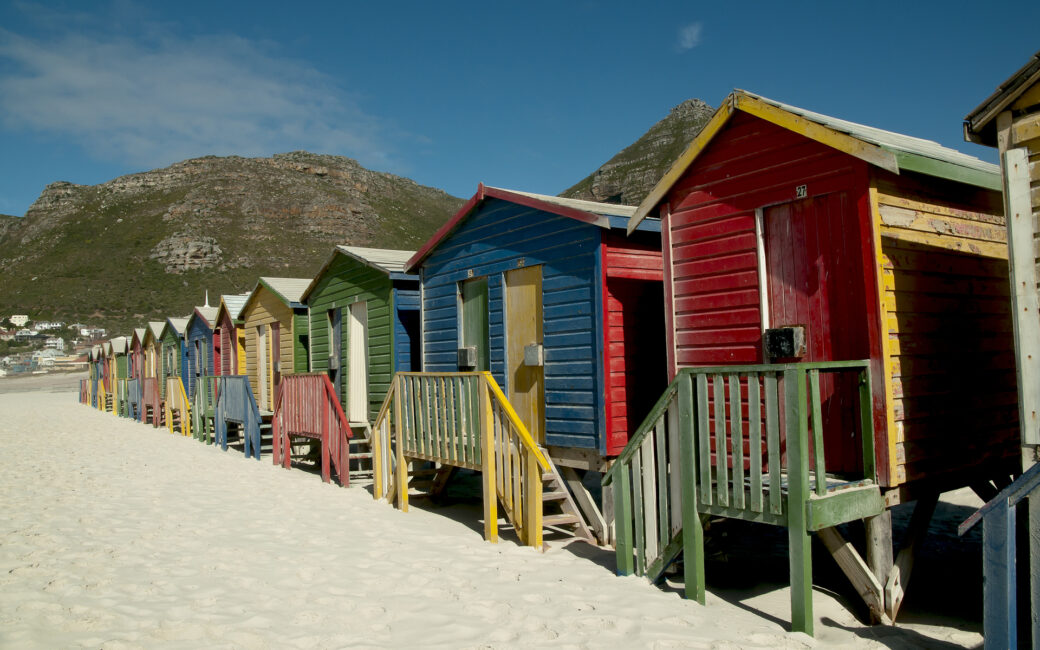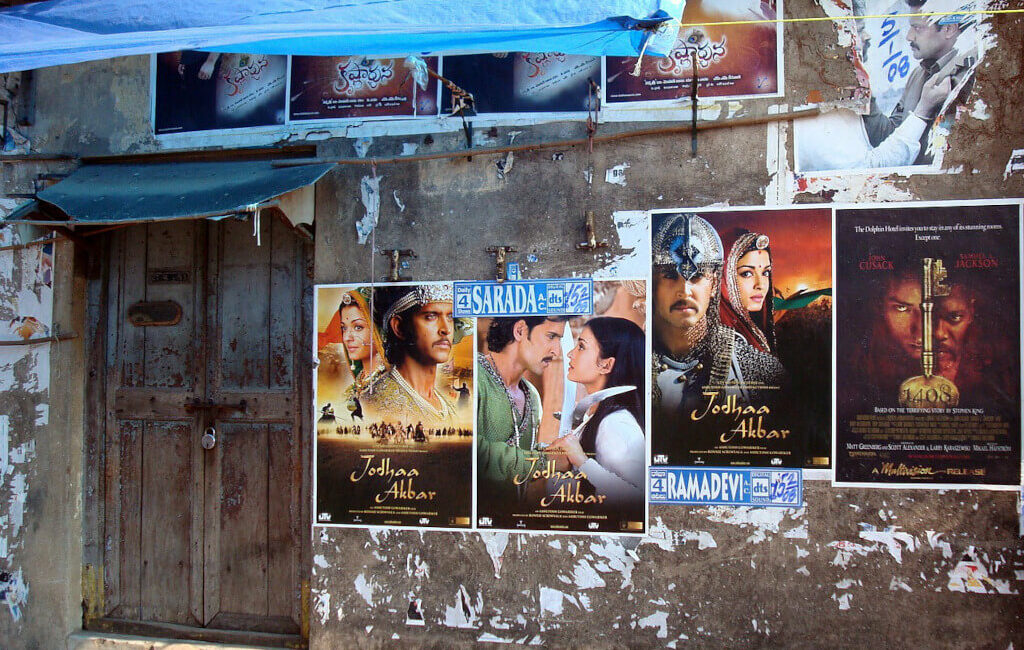Sunset Beach: Cape Town’s Ideal Location for Film and Photo Productions Nestled along the stunning coastline of Milnerton, Cape Town, Sunset Beach is a hidden gem that has become a popular destination for both locals and tourists seeking natural beauty and relaxation. However, beyond its picturesque shores, this coastal marvel has also gained recognition as […]
Continue readingAuthor: yloproductions.co.uk
Marvels Unleashed: Incredible Film and Photo Shoots at Seaforth Beach, Simon’s Town
Seaforth Beach: The Ideal Setting for Film and Photo Productions in Cape Town Located at the corner of Kleintuin Road and M4 in the picturesque town of Simon’s Town, Cape Town, lies the hidden gem of Seaforth Beach. With its pristine white sands, crystal-clear turquoise waters, and breathtaking panoramic views, it comes as no surprise […]
Continue readingIndian Film: Exploring the Past to Create the Future
The Indian film industry is entering a new phase of comprehensive expansion, during which it will become increasingly important to speed up production to keep up with the world’s most cutting-edge technological developments and innovations. Embracing technology has been a slow but steady catalyst for change in India’s film industry. This is especially clear in […]
Continue readingSoetwater Beach in Kommetjie: Captivating Beauty Unveiled in Film and Photo Shoots
Soetwater Beach: The Ideal Beach for Film and Photo Productions in Cape Town Nestled along Lighthouse Road in Kommetjie, Cape Town, lies a gem of a beach known as Soetwater Beach. This idyllic location is not only popular among locals and tourists for recreational activities, but it has also become a sought-after spot for film […]
Continue readingMilton Beach: Unforgettable Film and Photo Shoots in Sea Point
Milton Beach: The Ideal Spot for Film and Photo Productions in Cape Town Cape Town is known for its stunning landscapes, picturesque mountains, and breathtaking beaches. One such beach that has recently gained popularity among film and photo production crews is Milton Beach, located along Beach Road in the charming suburb of Sea Point. Milton […]
Continue readingExtracting Four Valuable Life Lessons from the Film Industry
The difficulty of putting on these plays has obvious analogies in the corporate world. It’s no small effort to create a movie, thus directors should be respected as formidable opponents. In truth, filmmakers have a lot to teach budding business owners, who like them, have to sell, distribute, find an audience, and generate a profit to […]
Continue readingWhat a Call Sheet Is and How to Create One
A Contact List The logo of the production company, the address of the production office, and the contact information for the most important people on set (the director, the producer, the first assistant director, etc.) are often located in the upper left corner of a call sheet. This is the first place that actors and […]
Continue readingRocky Beach in Muizenberg: Unforgettable Film and Photo Shoots
Rocky Beach: The Ideal Location for Film and Photo Productions in Cape Town Cape Town, known for its breathtaking landscapes and diverse natural beauty, has long been favored by filmmakers and photographers as a prime location for their creative endeavors. Nestled along Beach Road in Muizenberg, Rocky Beach stands as a testament to the city’s […]
Continue readingTips for a Hot Summer PhotoShoot
One of the best ways to welcome summer is to organise a picture shoot in an outside setting. If you want to take better photos for your blog or social media, here are some pointers. Location is Key Think about your goal ahead of time. The atmosphere of the photos is extremely dependent on the […]
Continue readingThe Top 10 Low-Maintenance Houseplants
Bringing some greenery and vitality into your home with indoor plants is a terrific idea. However, not everyone possesses a natural affinity for plants, and tending to them may be a challenging endeavor. There is a wide variety of low-maintenance houseplants available. The snake plant is one of the most low-maintenance plants because it needs […]
Continue reading







